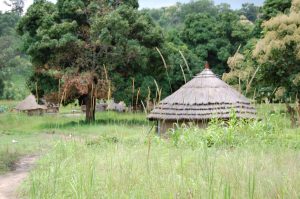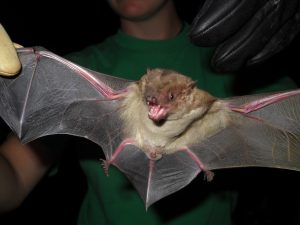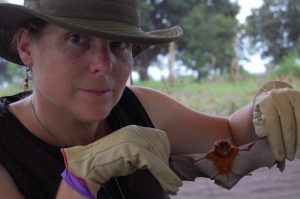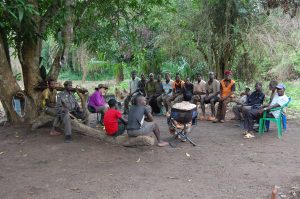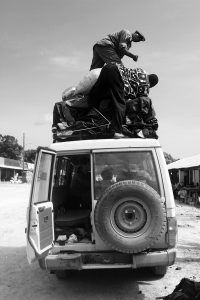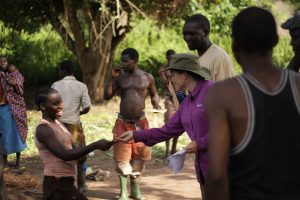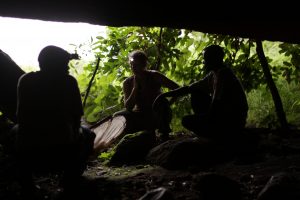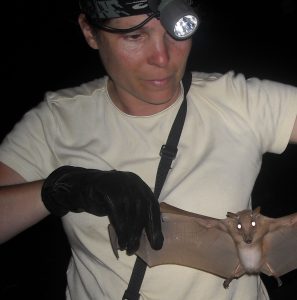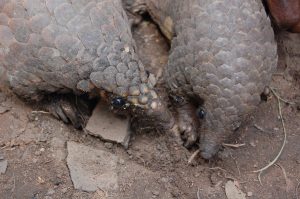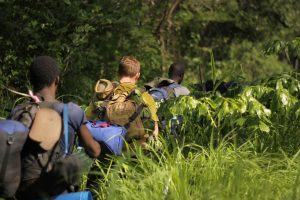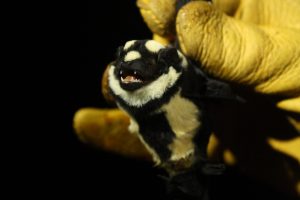South Sudan Biodiversity, Disease Ecology, and Conservation
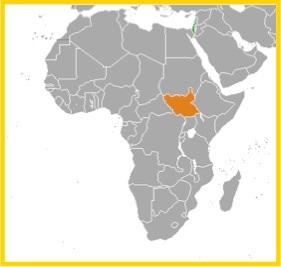 South Sudan became the newest country in the world in 2011 and is rich in culture, biodiversity, and natural resources. I started off with humanitarian projects in 2004 and conducted my first scientific expedition in 2008. Work by the Reeder lab in South Sudan has three main goals:
South Sudan became the newest country in the world in 2011 and is rich in culture, biodiversity, and natural resources. I started off with humanitarian projects in 2004 and conducted my first scientific expedition in 2008. Work by the Reeder lab in South Sudan has three main goals:
1. Document mammalian biodiversity in South Sudan. Understanding what species are found in an area and how these species interact is critical for conservation and research.
The new Zooniverse “South Sudan Biodiversity Cam” website for citizen scientist coding of our camera trap pictures is live! Please volunteer now! We have over 475,000 images and need your help uncovering diversity in these rare and unusual forests.
Useful published resources on South Sudan Biodiversity can be found here
2. Examine relationships between biodiversity and disease ecology, focusing especially on immune characteristics of fruit bats (Family Pteropodidae), known carriers of viruses of significance.
3. Empower the people of South Sudan to live sustainably with their natural resources, through public education and collaboration with wildlife officials.
Much of this work is done in collaboration with Fauna & Flora International, which focuses primarily on conservation and ranger training programs. Colleagues from the National Museum of Natural History, Smithsonian Institution, also partner in this work.
Due to prolonged conflict in South Sudan, much of the fruit bat disease ecology work is now conducted in Uganda in collaboration with partners at Muni University in Arua, Uganda and the University of Hamburg in Germany.
See the Publications page for some of our results; many more are forthcoming. Also see our press coverage of the work, including our discovery of Forest Elephants in South Sudan.
Explore our photo album, below. Most images by photographer Oliver Board. Our ~250,000 images from camera trap efforts will soon be available for citizen scientists to help us identify animals – stay tuned!


